A NOTE ON SELECTION
All of this book consists of works by Frederick Courteney Selous. The criteria for their selection were simpleeither they had never been published in book form or else they appeared as chapters or entries in books that were edited, compiled, or written by authors other than Selous.
In the latter category, the books, which include contributions from Selouss prolific pen, are today rare and virtually unobtainable. As a result, their contents are unavailable to the average reader and, unlike full-length works by Selous, they have not been reprinted. It should be noted that though every effort has been made to ascertain that the selections that follow do not appear in books by Selous, oversights are always possible. This is particularly true given Selouss productivity as a writer and inasmuch as he frequently incorporated articles he had written into his books.
The most notable examples in this regard are ones from The Field, which subsequently appeared, little changed, as chapters in A Hunters Wanderings in Africa (1881) and Travels and Adventures in South-East Africa (1893). Should a sharp-eyed reader who is a serious student of Selous discover the inclusion of any such material here, the editor and publisher would appreciate being informed.
The arrangement of the material basically follows a combination chronological/topical format, and collectively the pieces included offer an interesting cross-section of both Selouss early life and his writings. Of particular note is the inclusion of pieces revealing that he was an infinitely more complex man than a mere hunter with literary pretensions. Here you will see a man of real intellectthe curious natural historian in the best Victorian tradition of the talented amateur, the shrewd, observant explorer, and the farsighted, caring servant of imperial goals. Those who are familiar with Selouss writings will find new grist for their mills, while newcomers to his world are promised a taste of one of the greatest sporting writers we have ever had.
Each of the selections included in this volume is identified according to its original place of publication. Brief editorial commentary, intended to provide a backdrop for the subject of the piece, introduces the selections. In addition, the editor has provided a detailed biographical appreciation of Selous, some thoughts at the outset of each section of the book, and a detailed bibliographical essay at the works conclusion. In a second volume we will look further at the man and his milieu, focusing on his later life and Selous as seen through contemporary eyes.
ACKNOWLEDGMENTS
As is ever the case, my first debt of gratitude is to my family. My wife, Ann, and my daughter, Natasha, have always been supportive of my research and writing, and for that I am deeply grateful. The good folks at Winthrop Universitys Dacus Library have been most helpful, over the years, in enabling me to obtain obscure materials on interlibrary loan. The National Archives of Zimbabwe assisted me by microfilming Selous papers on deposit there, and numerous libraries and archives in England and South Africa answered my queries or welcomed me as a researcher. Chris Kelly, former Archivist of the Royal Geographical Society, was always gracious and supportive. Specific mention also needs to be made of the British Library, British Museum of Natural History, and Public Record Office. At each institution I was made welcome and given every assistance to facilitate my research. Commander Gerald Selous kindly discussed family history, stories of Fred Selous, and his own interests in sport with me.
Thanks to the publisher, Ludo Wurfbain, and his staff at Safari Press who were at once patient and persistent as this project moved at a tortoiselike pace. For their understanding and eagerness to see this volume reach published fruition, I am grateful.
The Selous material I have consulted over the years is scattered in locations on three continents. Even so, there were gaps in my bibliographical studies, and I was fortunate to be able to fill many of these blanks thanks to the Safari Press book collection and database.
Finally, my thanks is extended to all those individuals, far too numerous to mention, with whom I have had Selous chats over the years. The fact that they shared my enthusiasm for the man and his literary legacy has provided much of the inspiration for the current work.

BIBLIOGRAPHICAL ESSAY

To date, nothing approaching a comprehensive Selous bibliography has appeared in print, although in some of my own writings (in Sporting Classics magazine and a short-lived periodical entitled Sporting Book News, as well as in introductions to reprints of some of his books) I have taken some tentative first steps in that direction. Certainly the bibliographies in both of the full-length biographies of Selous, John Guille Millaiss The Life of Frederick Courtenay [sic] Selous, D. S. O. (London: Longmans, Green and Co., 1918) and Stephen Taylors The Mighty Nimrod (London: Collins, 1989), are woefully inadequate. In the case of Millais, this is to some degree understandable, inasmuch as he was hurrying to get his tribute to a dear friend out as quickly as possible following Selouss death.
In Taylors more recent biography, the omissions in the bibliography are in many senses an index to the books general shortcomings. The author overlooked a number of important manuscript holdings, failed to consult many works by contemporaries of Selous that contain useful information, and even was apparently unaware of literally scores of articles by Selous (not to mention extensive writings about him). What follows is an effort, based on a longtime interest in Selous and bibliographical researches, to rectify these earlier shortcomings.
All books and articles by Selous that I have seen are included, as are a handful of other entries where I have been able to obtain sufficient bibliographical information without actually having the opportunity to read the material. If nothing else, the information that follows should suffice to indicate that a true wealth of material awaits the energetic researcher. Likewise, Selous still awaits anything approaching a definitive biography. Perhaps this bibliography will act as a catalyst spurring someone in that direction, and certainly it should serve as a guide to anyone interested in establishing a serious Selous collection.
The arrangement of the bibliography is a straightforward one. Its first section provides an overview of manuscript materials known to me that are housed in public repositories. It should be noted that many more manuscripts are in private hands, as a careful study of the auction catalogs of leading London and South African houses over the years will indicate. The next section, which is divided into three parts, focuses on works by Seloushis books, articles, and contributions to books (such as anthologies) edited or compiled by others. The third section consists of books and articles about Selous. Where appropriate, annotations have been provided.
Manuscript Materials
There are Selous manuscripts scattered in a number of locations on three continents. The bulk of his personal papers, or at least such of them as survive, are in the National Archives of Zimbabwe in Harare. I have examined all of these papers (in microfilmed form) and the number is substantial. Included are journals, diaries, other personal papers, and correspondence with his mother. However, there are significant gaps. Most likely the missing papers have disappeared, although one always hopes that they might still come to light.


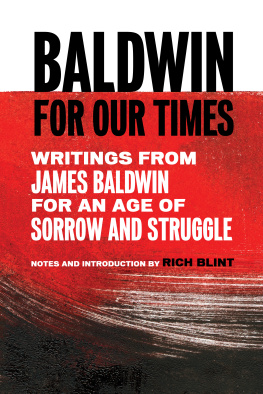
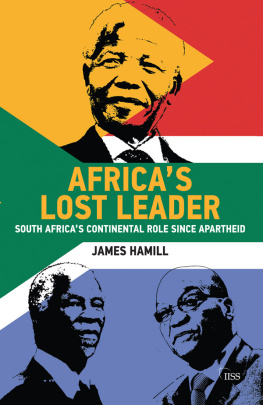
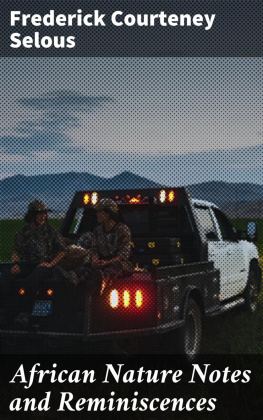

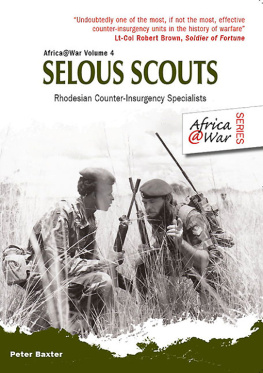

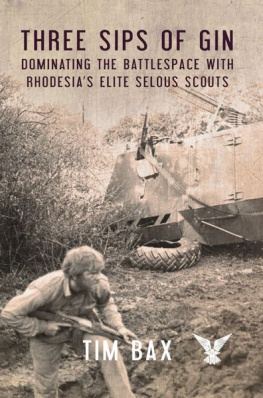
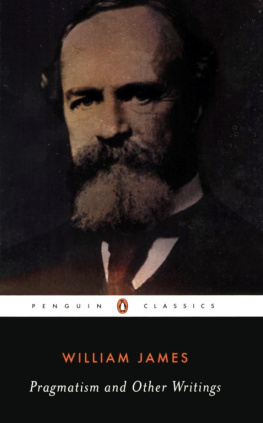

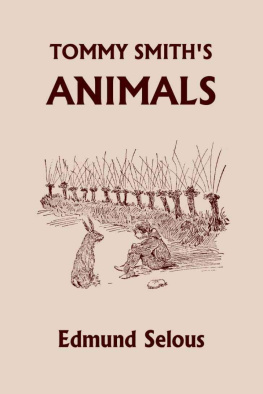
 BIBLIOGRAPHICAL ESSAY
BIBLIOGRAPHICAL ESSAY 
